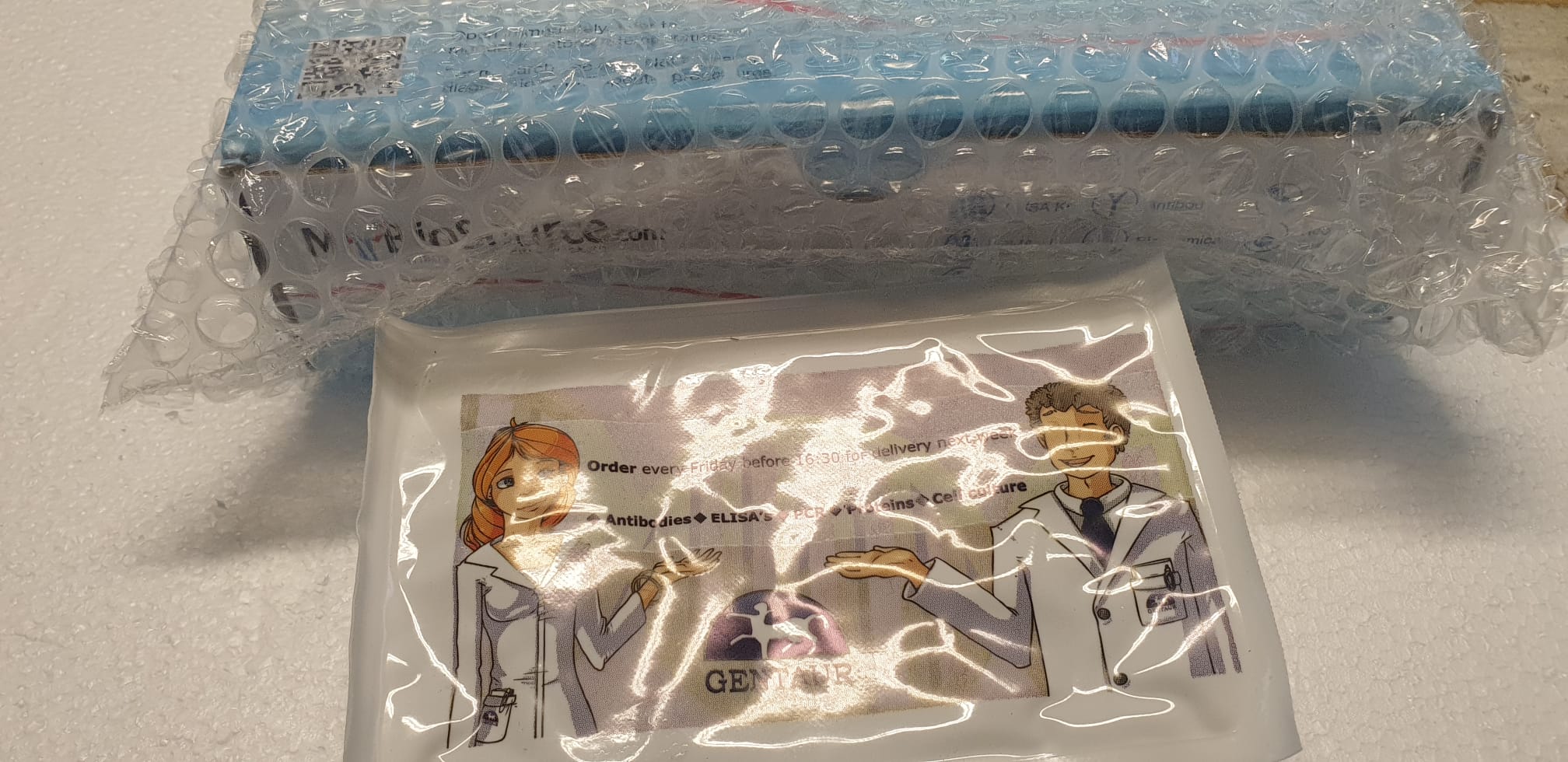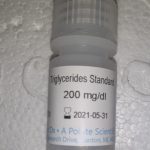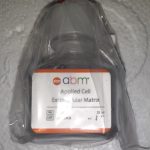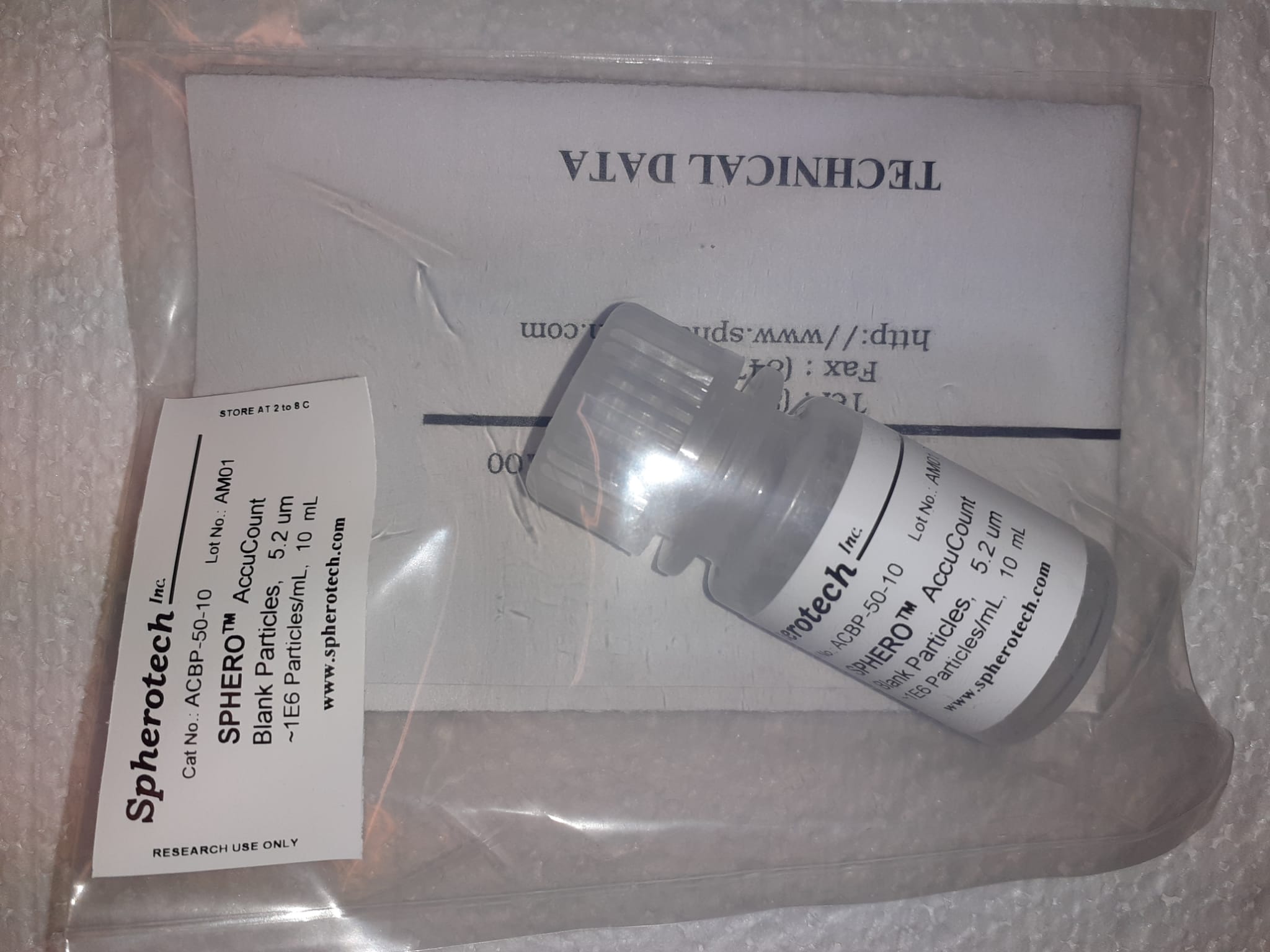Research of the susceptibility of Plasmodium falciparum to the artemisinin household of antimalarial medicine present a posh image of partial resistance (tolerance) related to elevated parasite survival in vitro and in vivo. We current an summary of the genetic loci that, in mutant type, can independently elicit parasite tolerance.
These encode kelch propeller area protein PfK13, ubiquitin hydrolase UBP-1, actin filament-organising protein Coronin, additionally carrying a propeller area, and the trafficking adaptor subunit AP-2μ. Detailed research of those proteins and the useful foundation of artemisinin tolerance in blood stage parasites are enabling a brand new synthesis of our understanding so far. To information additional experimental work, we current two main conclusions.
Firstly, we suggest a dual-component mannequin of artemisinin tolerance in P. falciparum comprising suppression of artemisinin activation in early ring-stage by decreasing endocytic haemoglobin seize from host cytosol, coupled with enhancement of mobile therapeutic mechanisms in surviving cells. Secondly, these two unbiased necessities restrict the probability of improvement of full artemisinin resistance by P. falciparum, favouring deployment of current medicine in new schedules designed to use these organic limits, thus extending the helpful lifetime of present mixture therapies.
Manufacturing and characterization of a fusion type of hepatitis E virus t ORF2 capsid protein in Escherichia coli
Hepatitis E virus (HEV) is a nonenveloped virus inflicting an rising zoonotic illness posing a extreme risk to the general public well being on the planet, particularly to pregnant girls. On this research, a truncated type (aa 368-606) of the open studying body 2 of the capsid protein (tORF2-HEV), a significant structural protein of HEV, was expressed in Escherichia coli. This work characterizes for the primary time, the fused Glutathione-S-Transferase-tagged tORF2 (GST-tORF2) and tORF2-HEV varieties in E. coli.
The fusion protein was purified by affinity chromatography with a purity greater than 90% and to yield about 27% after thrombin digestion. The purified GST-tORF2 protein was then characterised by western blot, utilizing anti-GST antibodies, and CD spectroscopy. The GST-tORF2 and tORF2-HEV proteins had been proven to be environment friendly to develop an ELISA check to detect anti-HEV IgG in mice sera immunized with a recombinant full size ORF2 protein. Sera confirmed a major improve of the absorbance sign at 450 nm, in plate wells coated with a amount of 0.5, 1 and a couple of µg of proteins.
ELISA plates coated with the purified GST-tORF2 and tORF2-HEV confirmed related response when in comparison with the HEV ELISA the place complete insect cell lysate, contaminated with the recombinant baculovirus expressing full ORF2, was used as constructive management.
Acute bodily train will increase PI3K-p110α protein content material within the hypothalamus of overweight mice
The anatomy of the hypothalamus contains many nuclei and a posh community of neurocircuits. On this context, some hypothalamic nuclei reside nearer to the blood-brain barrier, permitting communication with the peripheral organs by way of some molecules, comparable to leptin. Leptin is taken into account the primary adipokine for vitality homeostasis management. Moreover, leptin signalling within the hypothalamus can talk with insulin signalling by way of the activation of phosphoinositide 3-kinase (PI3k).
Earlier information counsel that isoforms of PI3k are essential to mediate insulin motion within the hypothalamus. Nonetheless, overweight animals present impairment within the central signalling of those hormones. Thus, within the present research, we evaluated the position of acute train within the leptin and insulin pathways within the hypothalamus, in addition to in meals consumption management in overweight mice. Though acute bodily train was not capable of modulate leptin signalling, this protocol suppressed the rise within the suppressor of cytokine signalling 3 (SOCS3) protein ranges.
As well as, acute train elevated the content material of PI3k-p110α protein within the hypothalamus. The exercised animals confirmed a robust tendency to discount in cumulative meals consumption. For the primary time, our outcomes point out bodily train can improve PI3k-p110α protein content material within the hypothalamus of overweight mice and regulate meals consumption.
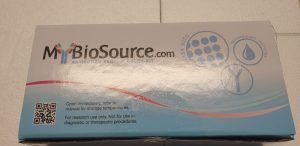
transgenicnews
Suppression of bromodomain-containing protein Four protects trophoblast cells from oxidative stress damage by enhancing Nrf2 activation
Oxidative stress is taken into account a key hallmark of preeclampsia, which causes the dysregulation of trophoblast cells, and it contributes to the pathogenesis of preeclampsia. Rising proof has urged bromodomain-containing protein 4 (BRD4) as a key regulator of oxidative stress in a number of cell sorts. Nonetheless, whether or not BRD4 participates in regulating oxidative stress in trophoblast cells stays undetermined.
The present research was designed to discover the potential operate of BRD4 within the regulation of oxidative stress in trophoblast cells. Our information revealed that BRD4 expression was elevated in trophoblast cells stimulated with hydrogen peroxide. Publicity to hydrogen peroxide brought on marked decreases within the ranges of proliferation and invasion however promoted apoptosis and the manufacturing of ROS in trophoblast cells. Knockdown of BRD4, or remedy with a BRD4 inhibitor, markedly elevated the degrees of cell proliferation and invasion and decreased apoptosis and ROS manufacturing following the hydrogen peroxide problem.
Additional information indicated that suppression of BRD4 markedly decreased the expression ranges of Keap1, however elevated the nuclear expression of Nrf2 and enhanced Nrf2-mediated transcriptional exercise. BRD4 inhibition-mediated protecting results had been markedly reversed by Keap1 overexpression or Nrf2 inhibition. Total, these outcomes demonstrated that BRD4 inhibition attenuated hydrogen peroxide-induced oxidative stress damage in trophoblast cells by enhancing Nrf2 activation by way of the downregulation of Keap1.
Our research highlights the potential significance of the BRD4/Keap1/Nrf2 axis within the modulation of the oxidative stress response in trophoblast cells. Focused inhibition of BRD4 might supply new alternatives for the event of modern therapeutic approaches to deal with preeclampsia.
Protein palmitoylation and its pathophysiological relevance
Protein palmitoylation, during which C16 fatty acid chains are connected to cysteine residues by way of a reversible thioester linkage, is likely one of the most typical lipid modifications and performs necessary roles in regulating protein stability, subcellular localization, membrane trafficking, interactions with effector proteins, enzymatic exercise, and a wide range of different mobile processes. Furthermore, the distinctive reversibility of palmitoylation permits proteins to be quickly shuttled between organic membranes and cytoplasmic substrates in a course of often managed by a member of the DHHC household of protein palmitoyl transferases (PATs).
Notably, mutations in PATs are carefully associated to a wide range of human ailments, comparable to most cancers, neurological issues, and immune deficiency circumstances. Along with PATs, intracellular palmitoylation dynamics are additionally regulated by the interaction between distinct posttranslational modifications, together with ubiquitination and phosphorylation. Understanding the particular mechanisms of palmitoylation might reveal novel potential therapeutic targets for a lot of human ailments.
) pOET-2 transfer plasmid (10ug) | |||
| GWB-65CD85 | GenWay Biotech | 0.01 mg | Ask for price |
) pOET-4 transfer plasmid (10ug) | |||
| GWB-282B50 | GenWay Biotech | 0.01 mg | Ask for price |
) pOET-3 transfer plasmid (10ug) | |||
| GWB-23143B | GenWay Biotech | 0.01 mg | Ask for price |
 pOET 2 N/C_6xHis™ Transfer Vector | |||
| GWB-001031 | GenWay Biotech | 10 ug | Ask for price |
) GWB-5A59EB-10UG - pOET-1 transfer plasmid (10ug) | |||
| GWB-5A59EB-10UG | Aviva Systems Biology | 10ug | EUR 287 |
 pOET3 transfer plasmid | |||
| 200104 | Oxford Expression Technologies | 10 µg | EUR 148.18 |
 pOET4 transfer plasmid | |||
| 200105 | Oxford Expression Technologies | 10 µg | EUR 148.18 |
 pOET5.1 transfer plasmid | |||
| 200106 | Oxford Expression Technologies | 10 µg | EUR 148.18 |
 pOET8.VE2 transfer plasmid | |||
| 200122 | Oxford Expression Technologies | 10 µg | EUR 353.43 |
 pOET8.VE3 transfer plasmid | |||
| 200123 | Oxford Expression Technologies | 10 µg | EUR 353.43 |
 pOET9 SV40 transfer plasmid | |||
| 200134 | Oxford Expression Technologies | 10 µg | EUR 199.33 |
 pOET9 EF1α transfer plasmid | |||
| 200131 | Oxford Expression Technologies | 10 µg | EUR 199.33 |
 pOET9 CCAG transfer plasmid | |||
| 200132 | Oxford Expression Technologies | 10 µg | EUR 199.33 |
 pOET6 BacMAM transfer plasmid | |||
| 200107 | Oxford Expression Technologies | 10 µg | EUR 148.18 |
) pOET-5 Transfer Vector (10ug) | |||
| GWB-200106 | GenWay Biotech | 10 ug | Ask for price |
 6XHis azide | |||
| 12628 | AAT Bioquest | 1mg | EUR 301 |
Description: 6XHis azide is an excellent building block to make 6XHis conjugates for developing His tag detection probes and purification tools through the well-known click chemistry. | |||
 6XHis azide | |||
| 12628-1mg | AAT Bioquest | 1 mg | EUR 295 |
Description: 6XHis azide is an excellent building block to make 6XHis conjugates for developing His tag detection probes and purification tools through the well-known click chemistry. | |||
 6XHis alkyne | |||
| 12629-1mg | AAT Bioquest | 1 mg | EUR 295 |
Description: 6XHis alkyne is an excellent building block to make 6XHis conjugates for developing His tag detection probes and purification tools through the well-known click chemistry. | |||
 Anti-6xHis [N144/14R] Plasmid | |||
| PVT50418 | Nova Lifetech | 2ug | EUR 280 |
 6XHis maleimide | |||
| 12626-1mg | AAT Bioquest | 1 mg | EUR 295 |
Description: 6XHis maleimide is an excellent building block to make 6XHis conjugates for developing His tag detection probes and purification tools. | |||
 pOET Sequencing Primers | |||
| GWB-200100 | GenWay Biotech | 2 x 100 ul | Ask for price |

